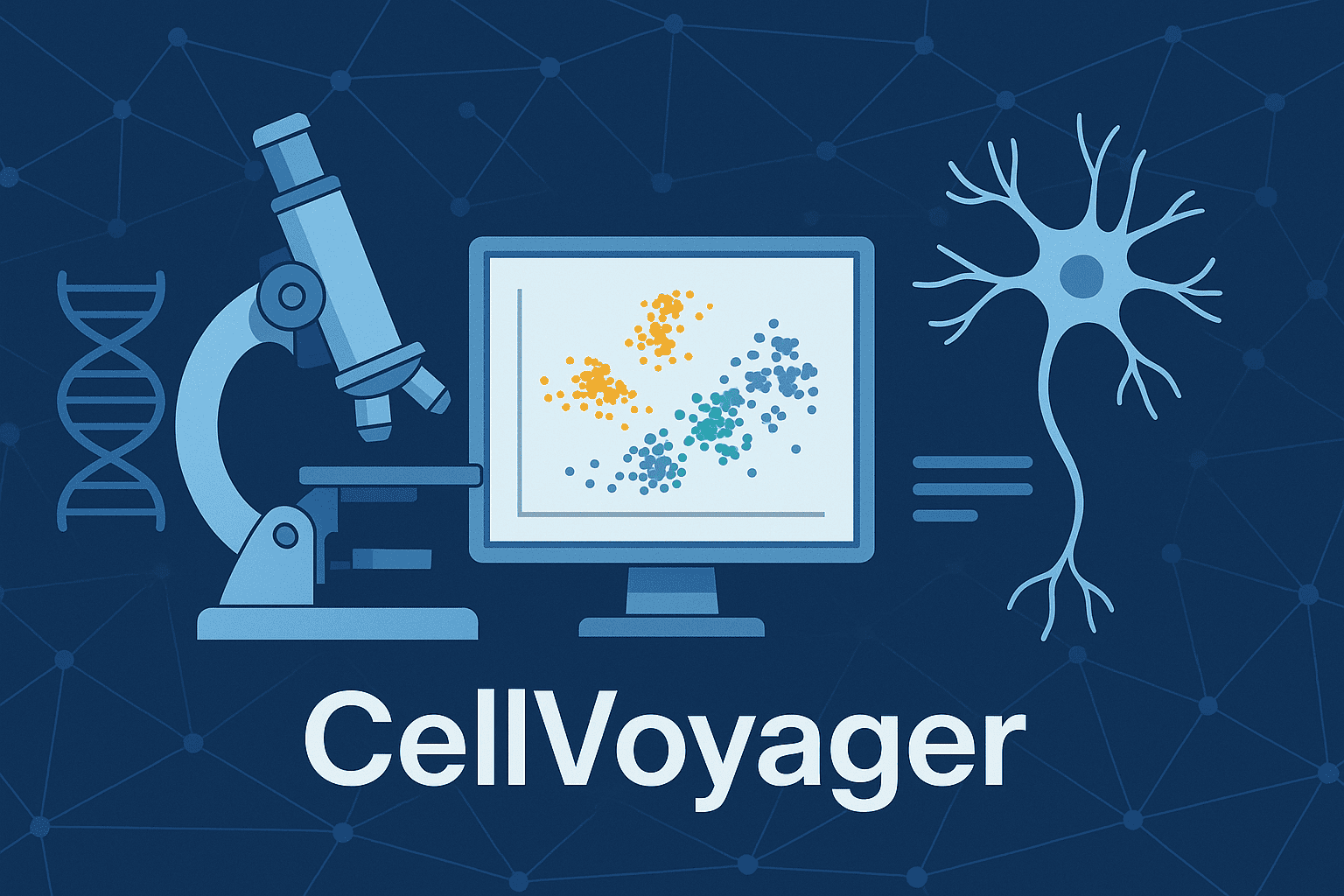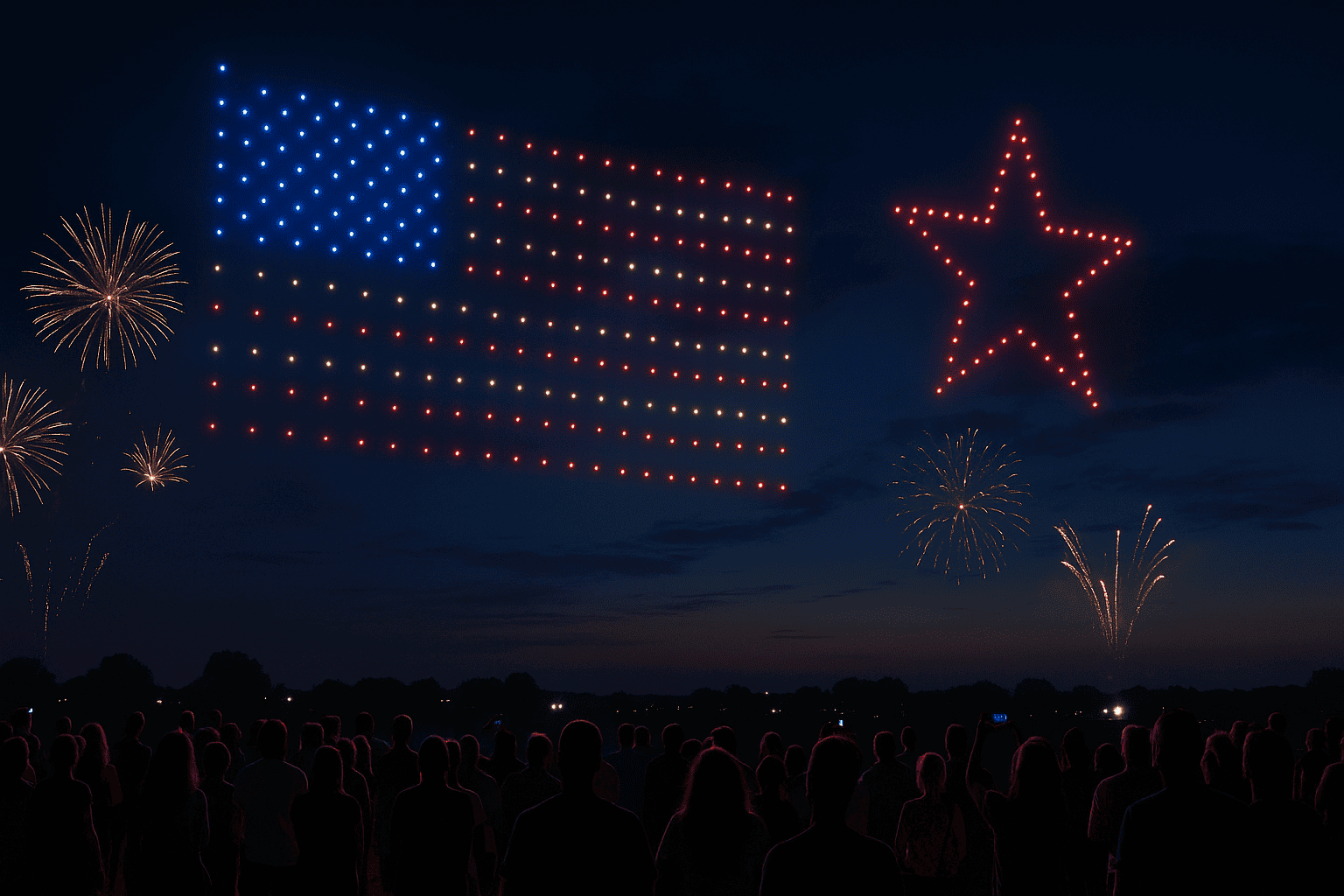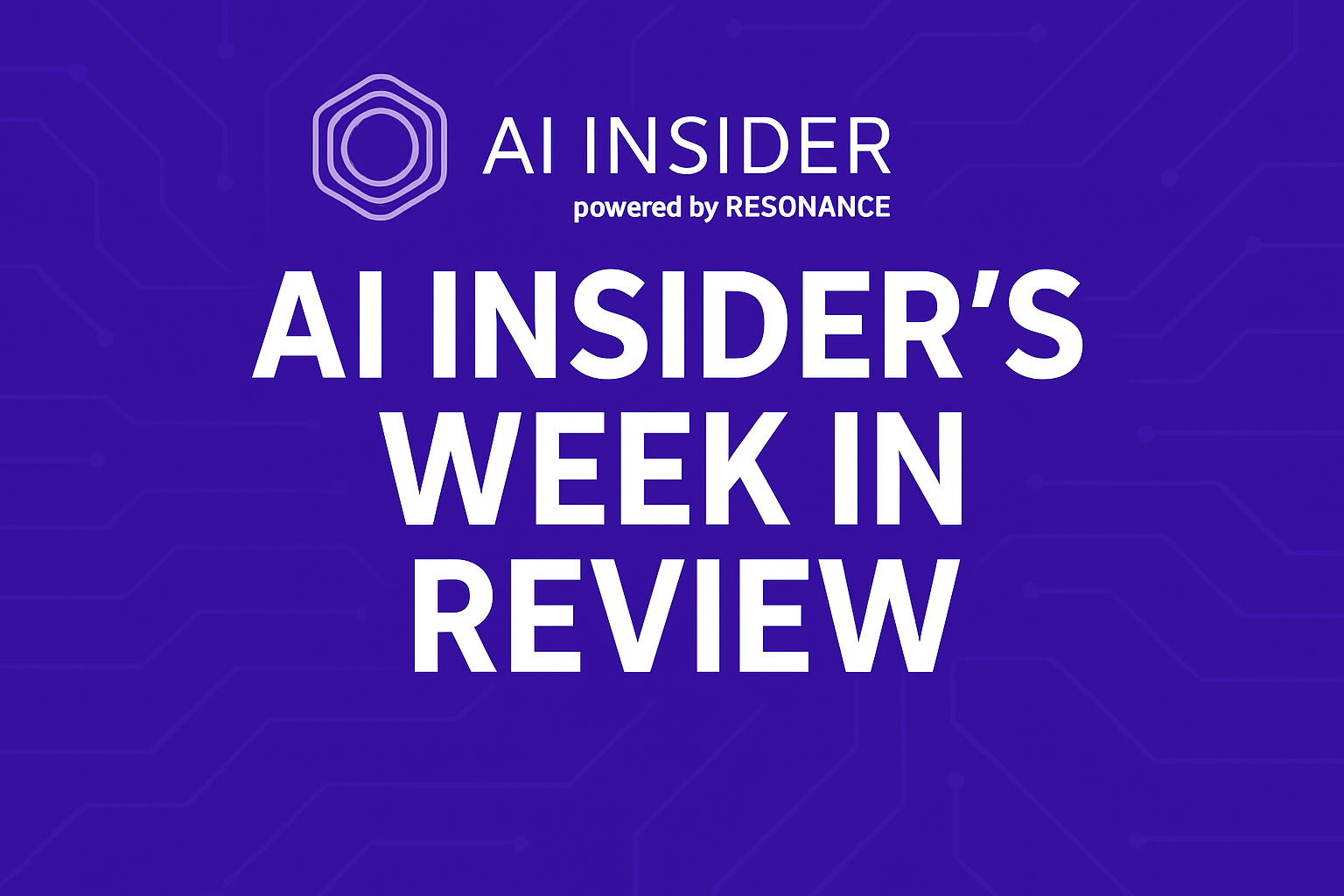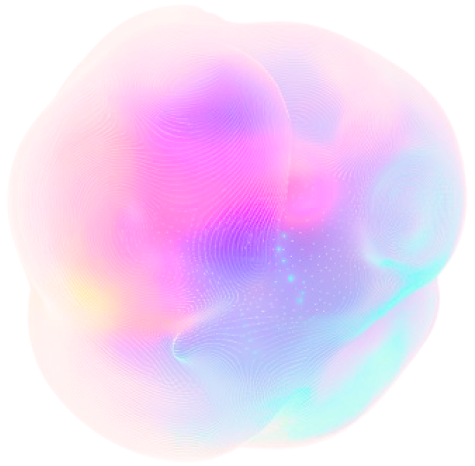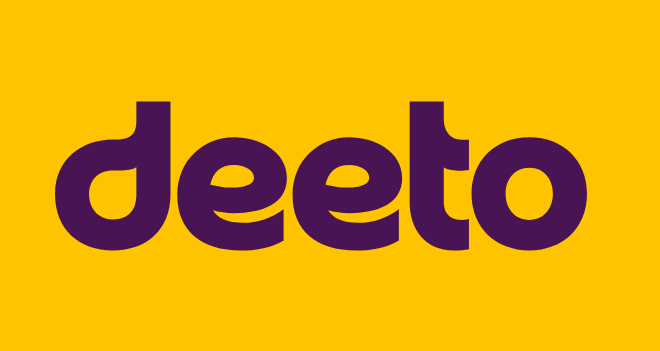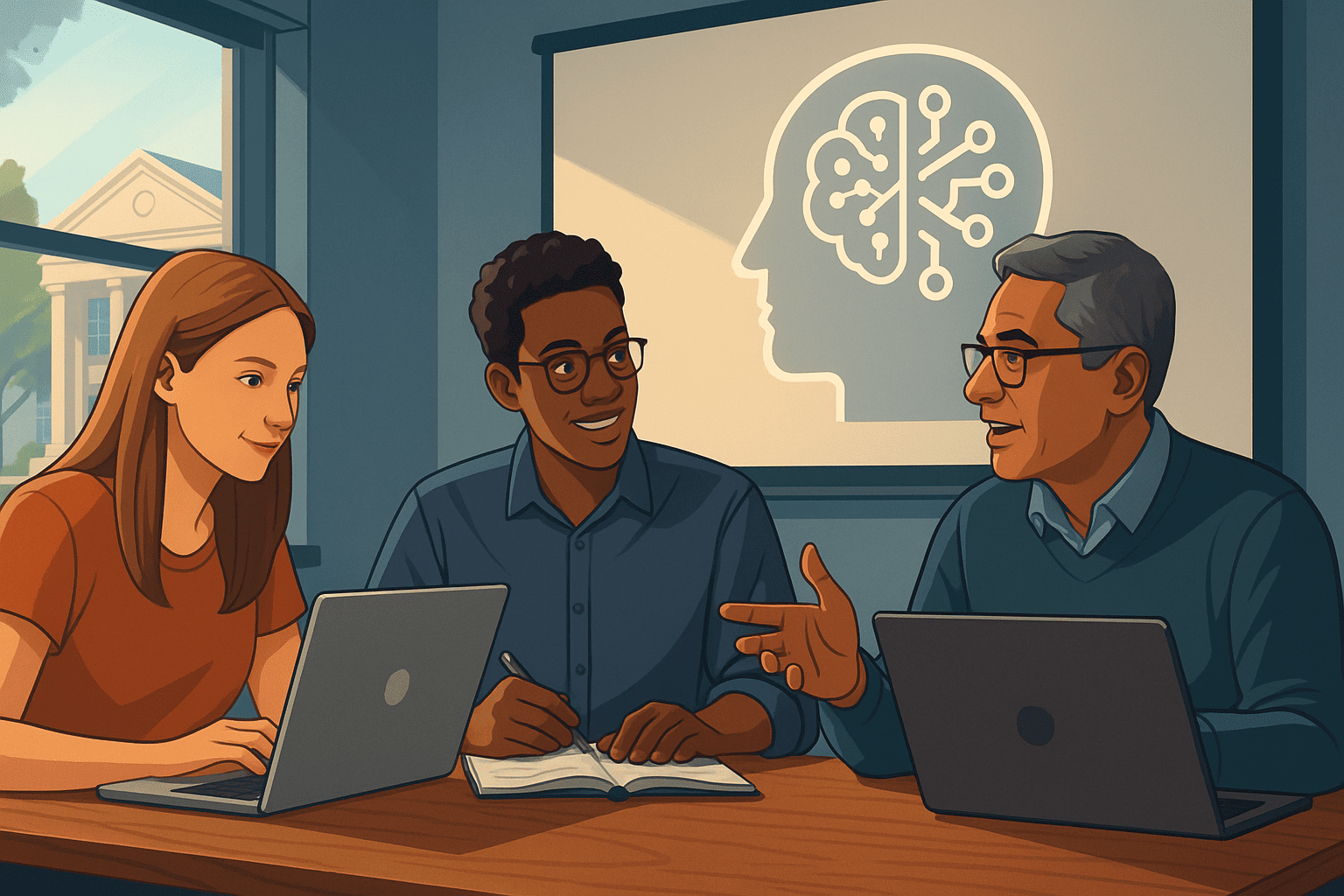Insider Brief
- Stanford researchers have developed CellVoyager, an AI agent that autonomously analyzes biological datasets and outperforms top AI models in generating scientifically valid hypotheses.
- The system uses large language models and live coding environments to design, execute, and revise experiments without human prompts, achieving a 20% accuracy boost over GPT-4o in benchmark tests.
- CellVoyager revealed novel findings in case studies on COVID-19, brain aging, and the menstrual cycle, and may help scale reanalysis of existing datasets where human resources are limited.
Researchers at Stanford University report their AI agent — called CellVoyager — has demonstrated the ability to autonomously explore biological datasets and uncover novel insights, bypassing the need for human prompts.
According to a study published on bioRxiv, the system outperformed top-tier AI models at predicting meaningful biological analyses and was able to generate scientifically valid hypotheses from existing research that even the original study authors had missed.
Unlike prior AI tools that assist with biology tasks by executing user-given commands, CellVoyager operates more like a junior scientist. It reads biological papers, processes associated single-cell RNA sequencing (scRNA-seq) datasets, and proposes its own analyses — building directly on what has already been done. The system uses large language models (LLMs) to operate within a live coding environment and autonomously designs experiments, interprets outputs and revises its own plans based on feedback.
The researchers say this approach marks a shift from AI as a tool to AI as a collaborator, with promising implications for accelerating biomedical discovery.
Performance and Scientific Validity
To measure the agent’s effectiveness, the team developed a benchmark called CellBench, based on 50 peer-reviewed scRNA-seq studies with a total of 483 analyses. CellVoyager was tested on its ability to guess which analyses the original authors performed—using only the background section of each paper. On this task, CellVoyager achieved up to 20% higher accuracy than GPT-4o, a leading commercial language model.
Beyond prediction, the researchers applied CellVoyager to three previously published datasets in case studies spanning COVID-19, the human endometrium, and brain aging. In each case, the agent analyzed the data independently and generated five distinct findings. Authors of the original studies reviewed the results and rated 80% of the agent’s hypotheses as scientifically interesting. Several were described as novel directions that warranted further exploration.
In the COVID-19 case, CellVoyager identified increased pyroptosis—a type of inflammatory cell death—in CD8+ T cells of infected patients. This finding had not been explored in the original study and aligned with newer biological theories on immune overactivation in COVID-19.
In the aging brain dataset, the agent discovered a subtle but statistically significant rise in transcriptional noise—a measure of irregular gene expression—among certain aging cell types, especially oligodendrocytes and microglia. This analysis suggested that some subtypes may be more susceptible to age-related deregulation than previously recognized.
In the endometrium dataset, the agent found that signaling interactions between stromal fibroblasts and endothelial cells shifted throughout the menstrual cycle. Specifically, it observed variations in correlation strength among ligand-receptor pairs like VEGFA-KDR and FGF2-FGFR1—hints of cyclical tissue remodeling activity.
How CellVoyager Works
CellVoyager combines large language models with a dynamic programming interface in a Jupyter notebook. The agent is initialized with three key pieces of information: a processed scRNA-seq dataset, a research paper containing biological background, and a list of past analyses. It then creates “exploration blueprints”—each one consisting of a new hypothesis and a multi-step plan to test it.
For each blueprint, the agent runs code in an interactive environment, generates visualizations, and interprets its results using a vision-language model. If the code fails, it attempts automatic debugging. Each step is documented in real time, and the agent uses past outcomes to refine subsequent experiments. This ensures CellVoyager doesn’t duplicate work already done by researchers—or by itself.
The system is built to operate within constraints: only approved Python packages can be used, analyses must be distinct from previous ones, and results must be interpretable without human reformatting. To increase rigor, the team introduced an iterative process where CellVoyager self-critiques its work and can incorporate human feedback, improving both its hypotheses and code execution over time.
Reanalysis at Scale
The study underscores the potential of LLM-driven agents to go beyond passive assistance and take a more active role in scientific discovery. A particularly compelling use case is reanalysis of existing public datasets—where the data is plentiful, but human resources are scarce.
Single-cell datasets are especially well-suited for autonomous exploration due to their high dimensionality and the breadth of potential hypotheses that can be drawn from them. Despite the availability of thousands of such datasets, many remain under-analyzed or constrained by the original research questions of their creators.
CellVoyager aims to unlock that untapped value. By integrating background knowledge with data and code execution, the agent can operate as a collaborator that never tires, scales across projects, and surfaces unexpected connections.
The team acknowledges limitations. CellVoyager currently performs analyses sequentially and takes roughly 30 minutes per analysis. It’s also mostly limited to popular Python packages like Scanpy and scvi-tools, and its performance depends on the quality and structure of the input paper and dataset. While the study focused exclusively on scRNA-seq, the framework could, in principle, be extended to other high-dimensional biological data types, such as spatial transcriptomics or proteomics.
Next Steps: Broader Use and Integration
The authors suggest several future paths for development. These include parallelizing analyses to improve speed, incorporating larger biological context via literature searches, and adapting the agent to work with domain-specific or proprietary tools. One promising idea is to enhance the agent’s performance by embedding it within research workflows—either as a standalone analysis assistant or as part of collaborative lab pipelines.
Perhaps most significantly, the study shows that reanalyzing existing data may yield discoveries as valuable as collecting new data. Given that the cost of generating high-throughput biological datasets continues to fall, the bottleneck may shift increasingly toward interpretation.
